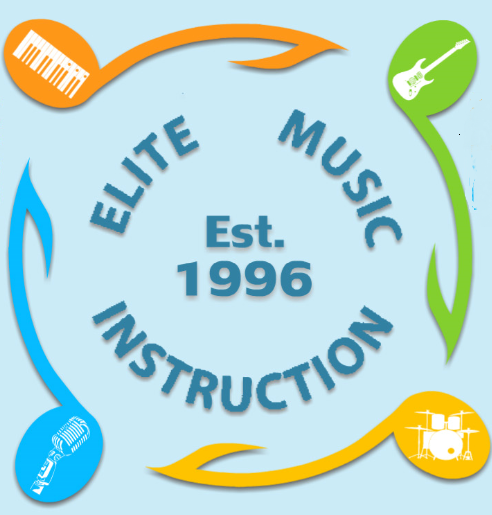Labor Day 2021 will occur on Monday, September 6. Labor Day pays tribute to the contributions and achievements of American workers and is traditionally observed on the first Monday in September. It was created by the labor movement in the late 19th century and became a federal holiday in 1894. Labor Day weekend also symbolizes the end of summer and the start of the back-to-school season for many Americans, and is celebrated with parties, street parades and athletic events.
Labor Day, an annual celebration of workers and their achievements, originated during one of American labor history’s most dismal chapters.
In the late 1800s, at the height of the Industrial Revolution in the United States, the average American worked 12-hour days and seven-day weeks in order to eke out a basic living. Despite restrictions in some states, children as young as 5 or 6 toiled in mills, factories and mines across the country, earning a fraction of their adult counterparts’ wages.
People of all ages, particularly the very poor and recent immigrants, often faced extremely unsafe working conditions, with insufficient access to fresh air, sanitary facilities and breaks.
As manufacturing increasingly supplanted agriculture as the wellspring of American employment, labor unions, which had first appeared in the late 18th century, grew more prominent and vocal. They began organizing strikes and rallies to protest poor conditions and compel employers to renegotiate hours and pay.
Many of these events turned violent during this period, including the infamous Haymarket Riot of 1886, in which several Chicago policemen and workers were killed. Others gave rise to long standing traditions: On September 5, 1882, 10,000 workers took unpaid time off to march from City Hall to Union Square in New York City, holding the first Labor Day parade in U.S. history.
The idea of a “workingmen’s holiday,” celebrated on the first Monday in September, caught on in other industrial centers across the country, and many states passed legislation recognizing it. Congress would not legalize the holiday until 12 years later, when a watershed moment in American labor history brought workers’ rights squarely into the public’s view.
In 1893, during a nationwide economic recession, George Pullman laid off hundreds of employees and cut wages for many of the remaining workers at his namesake railroad car company by some 30 percent. Meanwhile, he refused to lower rents or store prices in Pullman, Illinois, the company town south of Chicago where many of his employees lived. Angry Pullman workers walked out in May 1894, and the following month, the American Railway Union (ARU) and its leader, Eugene V. Debs, declared a sympathy boycott of all trains using Pullman cars.
The Pullman strike effectively halted rail traffic and commerce in 27 states stretching from Chicago to the west coast, driving the General Managers Association (GMA), a group that represented Chicago’s railroad companies, to seek help from the federal government in shutting the strike down.
On June 29, some crowd members attending a Debs speech in Blue Island, Illinois, set fires to nearby buildings and derailed a locomotive attached to a U.S. mail train. U.S. Attorney General Richard Olney used the incident to ask for an injunction against the strike and its leaders from the federal district court in Chicago, which he got on July 2.
“This was the turning point, because it prevented the ARU and Debs from doing anything to support or direct the strike,” says Richard Schneirov, professor of history at Indiana State University. “Labor has for much of its history been hemmed in by injunctions, but the Pullman injunction was the first big instance where it really came to the attention of the public.”
The following day, President Cleveland dispatched federal troops to the city to enforce the injunction. Illinois’ pro-labor governor, John Peter Altgeld, who had already called out state militia troops to prevent violence, was outraged, calling the government’s actions unconstitutional. With the arrival of federal troops, the Pullman strike turned bloody, with some rioters destroying hundreds of railroad cars in South Chicago on July 6, and National Guardsmen firing into a mob on July 7, killing as many as 30 people and wounding many others.
Even as Pullman Company and railroad workers were striking, Congress passed legislation in June 1894 making the first Monday in September a federal legal holiday to recognize and celebrate labor. Cleveland signed the bill into law June 28, 1894, a few days before sending federal troops to Chicago.
“It was a way of being supportive of labor,” Schneirov says. “Labor unions were a constituency of the Democratic Party at the time, and it didn't look good for Cleveland, who was a Democrat, to be putting down this strike.”
Federal troops were recalled from Chicago on July 20, and the Pullman strike was declared over in early August.
Aside from the first major instance of “government by injunction” in the struggle between labor and capital, the Pullman strike also marked part of an important transition in American society during the Progressive Era, and a newly active role for the federal government in the nation’s economic and social life.
The Uniform Monday Holiday Act of 1968 changed several holidays to ensure they would always be observed on Mondays so that federal employees could have more three-day weekends. The Act, signed into law on June 28, 1968, moved Washington’s Birthday Memorial Day, and Columbus Day to fixed Mondays each year.
Excerpt from History.com




















